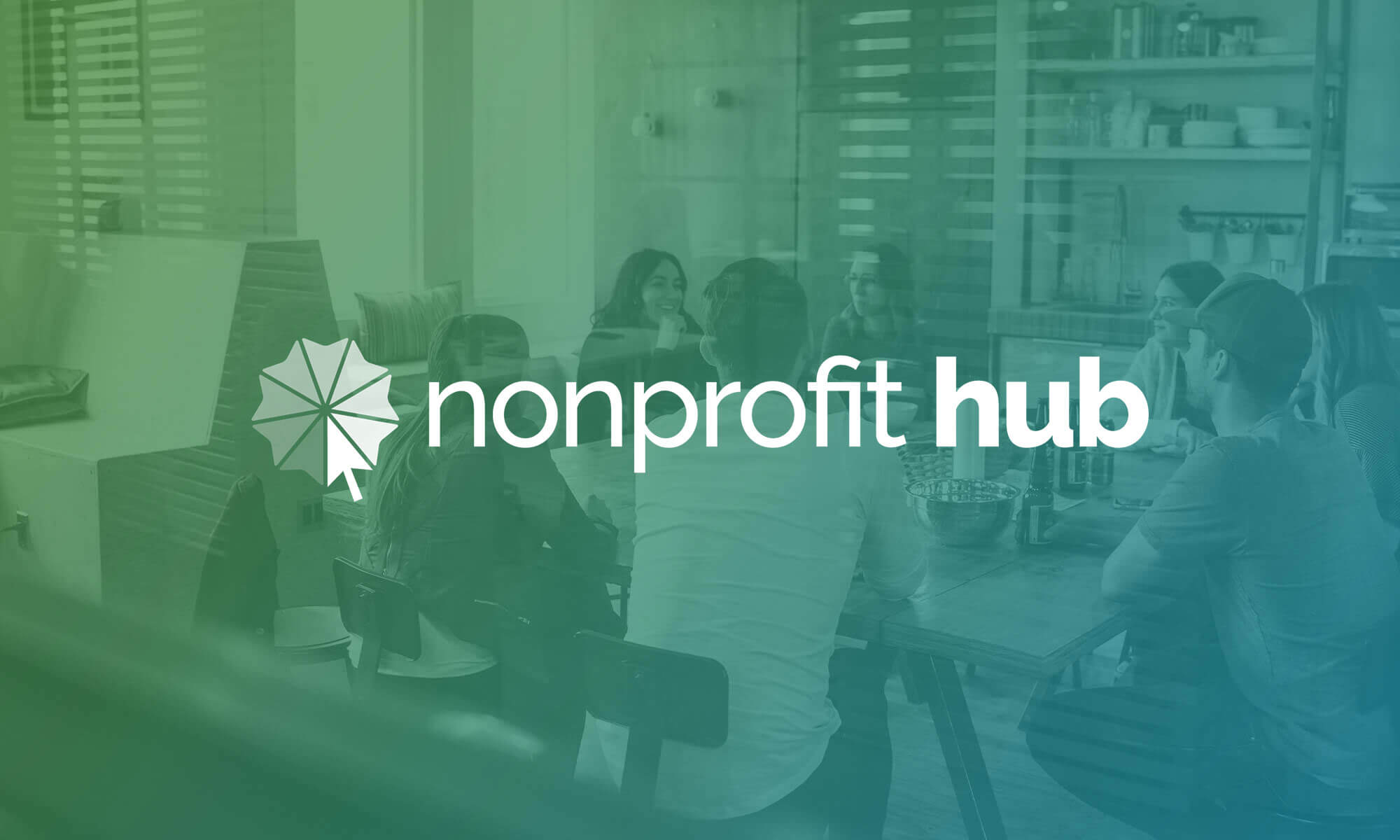Just like rich desserts and fine wine, perfume is best in small doses. It won’t matter whether you’re dabbing Chanel No. 5 or a knockoff brand on your wrist. Dousing yourself in heavy perfume will nauseate the poor sniffers around you.
Subtlety is the key to wearing fragrance. And it’s the key to fundraising too. Motivating your nonprofit audience to respond to your nonprofit’s fundraising bids will make the difference between a sweet campaign and one that sinks.
So don’t lay it on too thick. Learn more about subtly motivating donors without going overkill below.
Smells Like Money
Scent is the most powerful sense tied to memory, and perfume sales suggest that it has a powerful effect on our feelings too. Quality perfume (or cologne) can make the wearer feel attractive, happy, or more confident. Good fundraising appeals need to make people feel powerful emotions like perfume does.
It takes just a dab of emotion to motivate donors—otherwise you’ll turn them off or risk offending them. Consider what emotions will inspire supporters to donate when creating your nonprofit’s fundraising plan. Then create a campaign that drives those emotions.
Stick to It
For example, at your nonprofit’s next event, hand out stickers to attendees who respond to your invitation for a free will offering. This approach will appeal to supporters’ sense of pride. Design stickers showcasing donors’ generosity and pass them out with gratitude.
Attendees who don’t contribute may feel embarrassment or guilt when they see others’ stickers, but don’t dwell on that negative emotion. Instead, your explanation of the stickers (and whatever your nonprofit prints on them) ought to focus on the positive emotions of fundraising, rather than negative ones about not giving.
Family Affair
No matter how engaged, supporters are always more emotionally tied to their family than they are to your cause. So design a fundraising approach that will appeal to donors’ emotions about their families.
For example, an arts organization could set itself apart by sponsoring events that appeal to children as well as adults. Parents appreciate programs that teach their children a new skill, such as swing dancing or how to play the guitar. Performances—like plays or musicals—could stand to be more accessible to young people too.
By incorporating programs that appeal to children in addition to adult-oriented ones, nonprofits can become outlets for family bonding. Donors, in turn, will appreciate the chance for quality time with their kids. A feeling of gratitude to the nonprofit for enriching their family life may make them more inclined to support further programs.
A subtle fundraising approach is more delicate than tugging at your donors’ heartstrings or even speaking to negative emotions like fear or guilt to manipulate an audience into donating.
What emotion does your nonprofit appeal to in its fundraisers?






